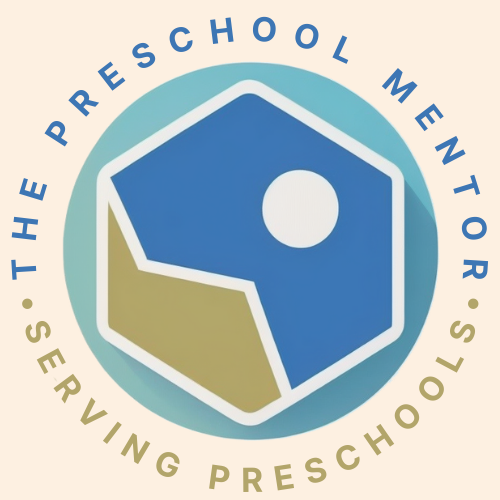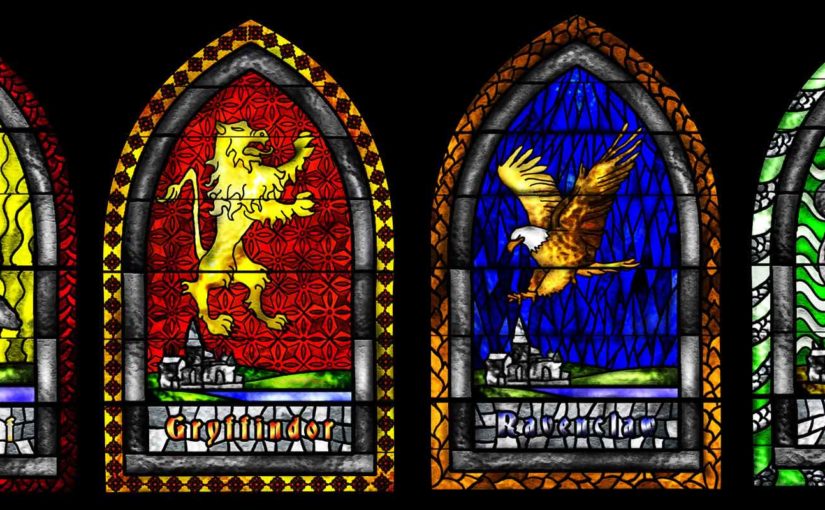These days, parents are extremely interested in enrolling their children in pre-kindergarten programs.
After all, the earlier the learning process starts, the more successful the child will be later in life. Additionally, if there are any learning issues, early intervention is critical.
Parents are extremely fortunate that there are so many different kinds of early childhood programs available.
On the other hand, while it’s great to have options available- it can also be quite overwhelming when you really start considering the different programs. How can you figure out which one is the best match for your child? Following is a deeper look into some of the most common programs.
Public Preschool Program
The public preschools are becoming extremely popular in many states across the USA. In most cases, these programs are funded by the state and are available to low income families. There are some states that open the program to all children within their particular district. Of course, availability does vary from one state to the next, as well as from one district to the next within a state.
Some of the names you may hear for these programs include: Universal Preschool/Prekindergarten or Public Preschool. These programs are currently available in West Virginia, Georgia, Illinois, New York, California, and Oklahoma- and many more states are looking to add them.
Teachers in these programs apply the best practices they know regarding early childhood development so that they can prepare the child for kindergarten. Most programs start at the age of 4- but some do take children at the age of 3.
HeadStart Preschool Program
The HeadStart preschool program is federally funded and were created for the low income families who have children under the age of 5. The Early HeadStart program directs it’s focus on pregnant women and children up to the age of 3. The HeadStart/Early HeadStart programs are created to prepare a child for kindergarten as well as to teach parents about child development and their own responsibilities.
Families who wish to enroll their children in the HeadStart or Early HeadStart program must contact their local HeadStart office. You may be able to also locate these services through your local Department of Human Services, or DHS, if they are available.
Children who are receiving public assistance are usually eligible for enrollment. However, the local HeadStart office will make the final determination of whether a child is eligible for enrollment or not.
Montessori Preschool Program
This program is a comprehensive one that was developed by an educator and physician by the name of Maria Montessori. A developmental approach to learning is taken in this program. The teachers in a Montessori preschool must have an early childhood undergrad/graduate degree and certification in the Montessori method.
The Montessori method of learning places emphasis on hands-on learning, nature, and creativity with a little bit of gentle guidance by the teacher. The goal is to develop the child’s academic ability, character, senses, and practical life skills. According to the experts, if you have a child that performs better with guided learning or a rigorous schedule, Montessori preschool may not be your best option.
Waldorf Preschool Program
This preschool program is based upon the teachings of Rudolf Steiner, an Austrian writer. The Waldorf preschools nurture the body, spirit, and soul of a child as well as primarily focus on the child’s interests. This method of learning involves hands-on, creative group learning and, through a supportive environment focuses on rhythmic repetition.
The Waldorf approach to learning creates a strong enthusiasm for learning and develops the innate abilities/talents of the child. The instruction is directed by teachers and each teacher must be certified in the Waldorf method of teaching.
Reggio Emilia Preschool Program
In the 1940s, in Italy, the Reggio Emilia schools were formed. Today, in the USA, many of the schools also embrace this method of learning. This approach emphasizes exploration and primarily focuses on the importance of self-expression and community.
This type of learning is child-led and open-ended. Students are learning through activities, art, and projects that are a reflection of their own interests and ideas. There is no formal curriculum in these types of preschools, and therefore, no credentialing or teacher training. This is not a set method- but a theory and practice.
HighScope Preschool Program
HighScope is a curriculum that has been carefully designed through active participatory learning. The children in these programs are actively learning through hands-on experiences with their environment and learning is supported through daily routines and classrooms that are well-organized.
HighScope does have an academic slant in that the experiences are planned in the basics of science, math, and reading. This is based on current and past research regarding child development.
Bank Street Preschool Program
This type of preschool program is a developmental approach that is based upon the educational philosophy of a researcher named John Dewy. The primary focus of this method is the physical, emotional, social, and mental growth of a child. In these types of preschool programs, the child is actively learning and gaining knowledge about the world through their experiences.
The students set the pace and the teachers is there to be their guide. This is very comparable to play-based learning, as Bank Street preschool programs teach their lessons through hands-on activities such as dramatic play, building with blocks, clay, and puzzles.
Parent Co-Op Preschool Program
If you prefer to be actively involved in your child’s educational experience, you may want to think about a parental cooperative preschool. In this type of preschool, the parents are involved on a daily basis with the education of their children and work hand-in-hand with the teachers.
This is a hands-on approach, which allow the children and the parent to learn together in an environment that is nurturing and teaches the preschooler how to work together and resolve any conflicts they have. Parents are involved in the operation of the school through serving on the board of directors. However, due to the many time commitments and responsibilities people often have, this type of program isn’t for everyone.
Parochial (Religious) Preschools
A parochial, or religious, preschool is one that is supported by a religious body. In the USA, these schools are maintained by a variety of religious groups, including: Seventh-Day Adventists, Lutherans, Muslims, evangelical Protestants, and Orthodox Jews. However, most of them are attached to a Roman Catholic parish.
The 19th century brought about the Catholic parochial school system in the United States to respond to what was thought of as the domination of the Protestants in the public school systems. A group of bishops in America met in what was known as the Third Plenary Council of Baltimore (1884) in order to plan to establish a comprehensive parochial school system. The local churches were told to develop elementary schools for the education of elementary school children. In time, high schools were established as well. Both elementary and high schools developed a curriculum with a religious base to emphasize the Catholic doctrine, as well as a secular curriculum similar to that the public schools were using. Eventually, preschools began to be developed so that the education process could begin that much earlier.
Unfortunately, during the middle of the 20th century, most of the traditional structure of the parochial schools began to change. The ecumenical spirit that was generated by the Second Vatican Council (1962- 1965) made the argument that swayed many Roman Catholics, that the religious education of the parochial schools was too separatist. In addition, the parochial schools were suffering from the criticism that public schools offered a better secular education at a lower cost. Due to this criticism, the parochial schools had to hire lay teachers- who ended up being most of the faculty. Starting in the mid-1960s, Roman Catholic schools started to face severe financial difficulties.
Though the parochial schools still are most of the attendance at private schools in the United States, the loss of students and the financial difficulties they faced forced them to seek public aid, typically in the form of tax subsidies or credits for the parents of the children attending the parochial schools. Under what is known as the “child-benefit theory,” assistance from the government has been given to students of parochial schools instead of the schools themselves. This is to circumvent the constitutional provision against aiding religious institutions. In many cases, the Supreme Court decided against state laws offering aid to parochial schools, claiming that it’s a violation of the principle separation of church and state.
How to Choose a Preschool Program
When you are trying to choose a preschool program for your little one, you need to keep the following things in mind:
This is a Personal Decision
You must choose a program that will be a good fit for your child. Take some time to think about your child’s personality and the ways that they learn the best when you are looking at your options. After all, no one knows your child better than you. Carefully research the programs that are available in your area and choose the one that best fits your child.
Think About The Big Picture
As you probably know, there are lots of different philosophies regarding early childhood development/education. However, they typically fall into one of two very broad categories within the USA. The first one is learning through discovery- in which the child is the one leading the activities. The second one is learning through academics- which usually involve practice/drill components.
Decide if You Want a Full-Day or Half-Day Program
When you think about this, you must think about your child’s individual needs. Consider their age, maturity, and energy level. If you decide that you only want/need a half-day program, you can always provide extra learning at home through physical activity, reading, and arts/crafts.
You might want to test a program by enrolling your child for half-days if possible and then moving to a full-day once you think they’re ready.
In conclusion, as you can see, there are lots of different options available when it comes to preschool. It can be quite overwhelming if you’re trying to determine which is best for your child. The best thing to do is to take some time to do your research and even visit some of the programs if you can and see how your child interacts in the environment.


Leave a Reply